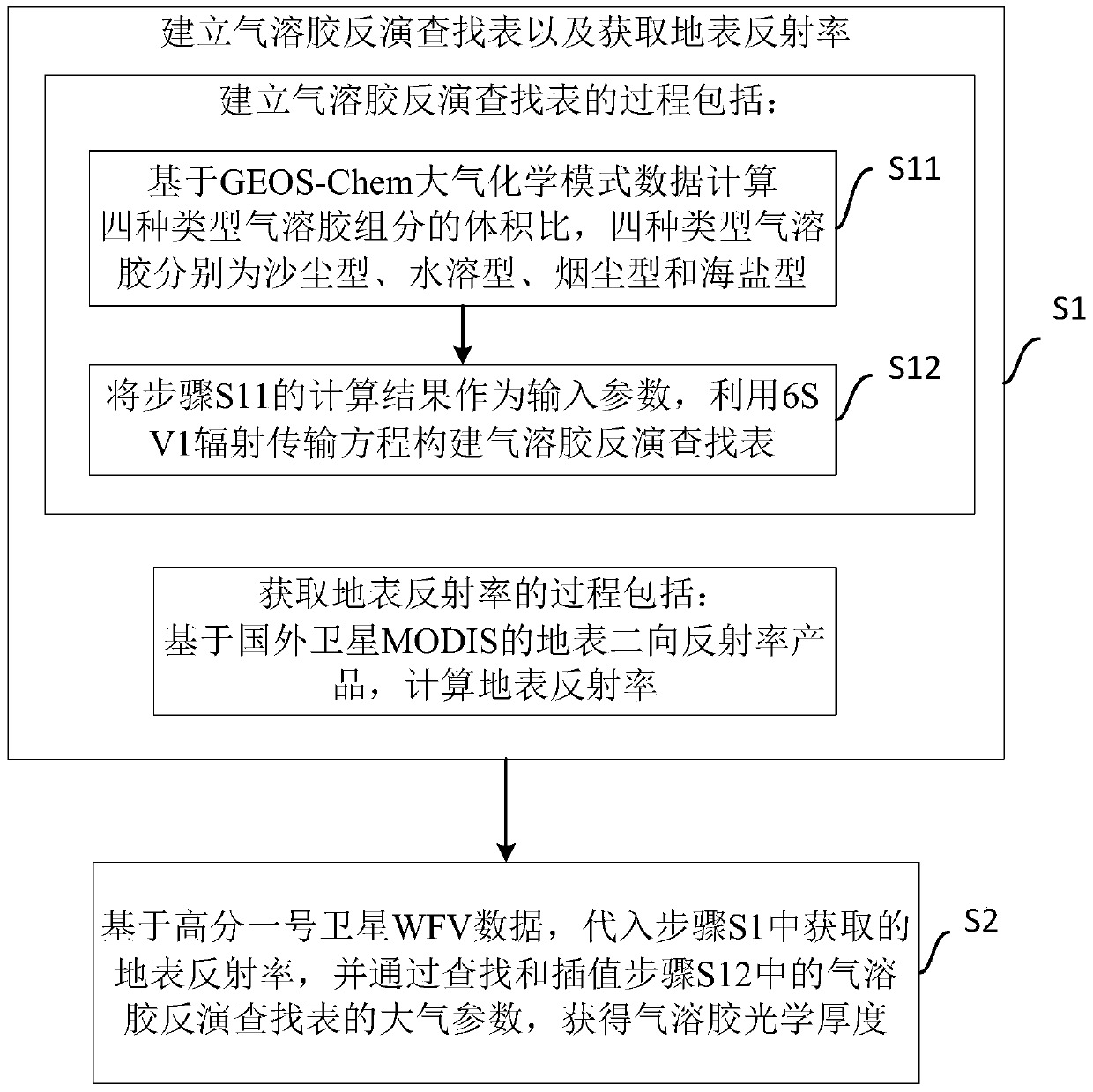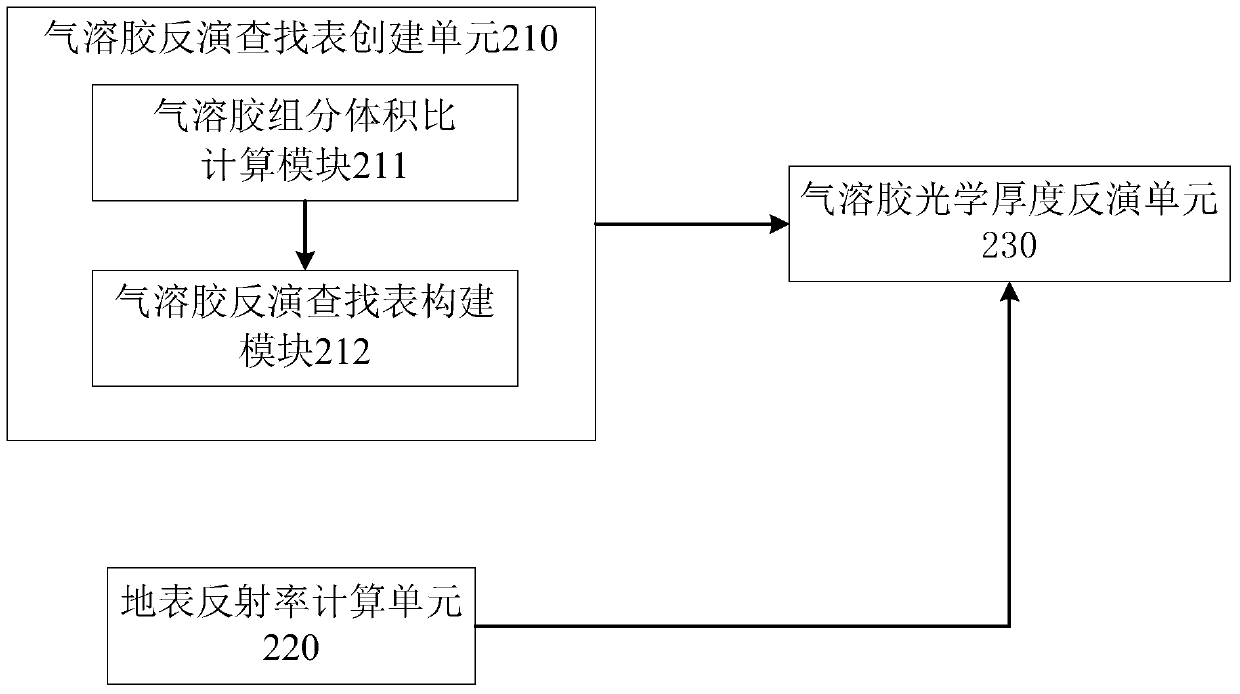Inversion method and system for aerosol optical depth
A technology of optical thickness and aerosol, applied in the field of atmospheric remote sensing, can solve the problems of inability to construct surface reflectance, inability to realize satellite remote sensing inversion of aerosol optical depth, lack of near-infrared band channels, etc.
- Summary
- Abstract
- Description
- Claims
- Application Information
AI Technical Summary
Problems solved by technology
Method used
Image
Examples
Embodiment Construction
[0028] In the following description, for illustrative purposes, many specific details are set forth in order to provide a comprehensive understanding of one or more embodiments. However, it is obvious that these embodiments can also be implemented without these specific details. In other examples, for the convenience of describing one or more embodiments, well-known structures and devices are shown in the form of block diagrams.
[0029] The invention uses GEOS-Chem atmospheric chemistry model data to construct a grid-scale aerosol model. The GEOS-Chem atmospheric chemistry model data is driven by the Goddard Earth Observing System (GEOS) assimilation meteorological data of NASA's Global Model Assimilation Office. The volume ratio, concentration, optical characteristics, profile and other information of dust, sulfate, nitrate, ammonium salt, black carbon, organic carbon, marine type and other particulate matter provided by GEOS-Chem atmospheric chemistry model data can effective...
PUM
 Login to View More
Login to View More Abstract
Description
Claims
Application Information
 Login to View More
Login to View More - R&D
- Intellectual Property
- Life Sciences
- Materials
- Tech Scout
- Unparalleled Data Quality
- Higher Quality Content
- 60% Fewer Hallucinations
Browse by: Latest US Patents, China's latest patents, Technical Efficacy Thesaurus, Application Domain, Technology Topic, Popular Technical Reports.
© 2025 PatSnap. All rights reserved.Legal|Privacy policy|Modern Slavery Act Transparency Statement|Sitemap|About US| Contact US: help@patsnap.com



